 When it comes to maintaining a healthy diet, fish often tops the list of recommended foods due to its high protein content and beneficial omega-3 fatty acids. However, not all fish are created equal. Some species are laden with harmful contaminants like mercury, while others are overfished to the brink of extinction, posing significant risks to both human health and the environment. In this article, we will explore the 10 fish you should never eat, highlighting the reasons behind their inclusion on this cautionary list and offering safer, more sustainable alternatives.
When it comes to maintaining a healthy diet, fish often tops the list of recommended foods due to its high protein content and beneficial omega-3 fatty acids. However, not all fish are created equal. Some species are laden with harmful contaminants like mercury, while others are overfished to the brink of extinction, posing significant risks to both human health and the environment. In this article, we will explore the 10 fish you should never eat, highlighting the reasons behind their inclusion on this cautionary list and offering safer, more sustainable alternatives.
Health Risks
Fish is often touted as a healthy source of protein, rich in omega-3 fatty acids and essential nutrients. However, not all fish are created equal when it comes to safety. Some species can harbor high levels of harmful contaminants like mercury, polychlorinated biphenyls (PCBs), and dioxins, which pose significant health risks. These toxins can accumulate in the body over time, leading to serious health issues such as neurological damage, developmental problems in children, and increased risk of chronic diseases. In this article, we will explore the health risks associated with consuming certain types of fish and provide tips on how to minimize your exposure to these harmful substances.
1. Mercury Contamination
Mercury contamination in fish poses significant health risks, particularly to vulnerable populations such as pregnant women, children, and those who consume fish frequently. Studies have shown that mercury levels in fish can vary significantly based on species, location, and cooking methods. For instance, deep-frying fish can increase mercury concentration due to weight loss and oil absorption. In regions like the Rio Branco Basin in Brazil and gold mining areas in Indonesia, mercury levels in fish often exceed safe consumption guidelines, leading to high health risks for local populations. Mercury exposure from fish consumption has been linked to severe health issues, including neurodevelopmental damage in fetuses and young children, as well as potential cardiovascular problems in adults. Therefore, it is crucial to monitor and manage mercury levels in fish to mitigate these health risks.
2. Polychlorinated Biphenyls (PCBs)
Polychlorinated biphenyls (PCBs) are persistent environmental pollutants that pose significant health risks through the consumption of contaminated fish. Studies have shown that PCBs accumulate in fish tissues, leading to potential human exposure when these fish are consumed. For instance, research conducted on fish from the Huairou Reservoir and Gaobeidian Lake in Beijing indicated that PCB levels in fish could pose a lifetime cancer risk greater than 1 in 1,000,000 for high consumers. Similarly, fish from the River Chenab in Pakistan showed PCB concentrations that could result in a lifetime cancer risk greater than 1 in 10,000 for individuals consuming more than 8 grams of fish per day. In the Mediterranean Sea, PCB contamination levels in fish were found to be below the World Health Organization’s safety thresholds, suggesting minimal risk for moderate consumers. However, high consumption rates, such as those observed among sport fishermen in Bosnia and Herzegovina, could lead to unacceptable risk levels. Overall, while moderate fish consumption may not pose significant health risks, high levels of PCB exposure through fish intake can lead to serious health concerns, including increased cancer risk.
3. Antibiotics and Hormones
Chronic exposure to low environmental concentrations and legal aquaculture doses of antibiotics, such as oxytetracycline (OTC) and sulfamethoxazole (SMZ), in fish like Nile tilapia and zebrafish has been shown to impair their physiological functions, metabolic activities, and immune systems. These antibiotics can cause oxidative stress, intestinal dysbiosis, and damage to intestinal and hepatic tissues, leading to compromised health and increased mortality when fish are challenged with pathogens. Furthermore, the presence of antibiotic residues in aquatic environments poses significant health risks to humans, particularly children, who consume these fish, as evidenced by the hazard risk quotient exceeding safe levels. The widespread use of antibiotics in aquaculture and their subsequent environmental contamination necessitate stringent global policies to mitigate these risks and protect both aquatic life and human health.
Fish to Avoid
While fish is often celebrated for its nutritional benefits, not all fish are safe or sustainable choices. Some species are laden with harmful contaminants like mercury and polychlorinated biphenyls (PCBs), which can pose serious health risks. Others are overfished, threatening marine ecosystems and biodiversity. Consuming high-mercury fish can lead to neurological damage, developmental issues in children, and increased risk of chronic diseases. Additionally, overfishing disrupts ocean habitats and depletes fish populations. In this article, we will highlight the fish you should avoid to protect both your health and the environment, and suggest safer, more sustainable alternatives.
1. Shark
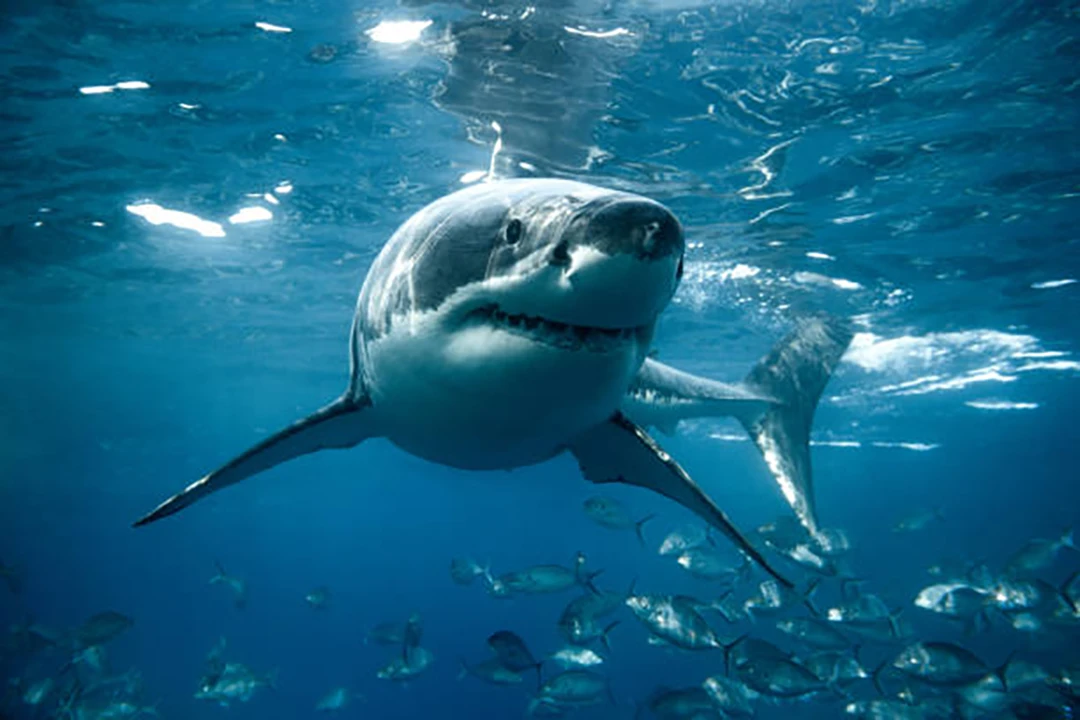
Sharks are among the fish species that should be avoided due to several reasons. The U.S. Food and Drug Administration (FDA) advises pregnant women, women of childbearing age, and young children to avoid consuming shark meat because it often contains high levels of methylmercury, a potent neurotoxin that can harm the fetal nervous system. Additionally, interactions with sharks in pelagic longline fisheries pose significant ecological, economic, and social challenges, necessitating improved management and avoidance strategies to protect both sharks and fishers. Furthermore, certain shark species, such as the sicklefin lemon shark, can exhibit aggressive behavior towards humans, making it advisable to avoid areas where shark bite incidents have occurred.
2. Swordfish
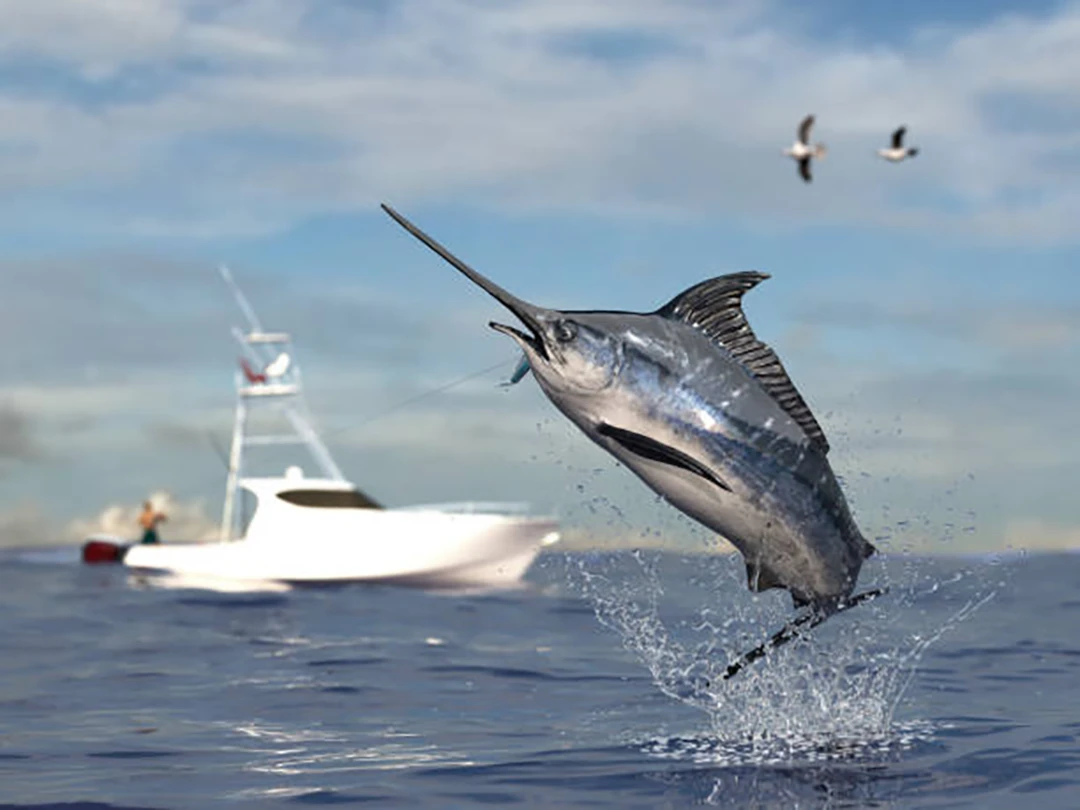
Swordfish (Xiphias gladius) is a highly migratory apex predator found in the Atlantic Ocean and Mediterranean Sea. Due to their position at the top of the food chain, swordfish tend to accumulate high levels of toxic metals such as mercury (Hg), cadmium (Cd), and lead (Pb), posing potential health risks to consumers. The U.S. Food and Drug Administration advises pregnant women, women of childbearing age, and young children to avoid consuming swordfish due to the high levels of methylmercury, which can harm the fetal nervous system. Additionally, swordfish populations are vulnerable due to overfishing and by-catch, prompting the EU to propose measures to protect this species. Continuous monitoring and regulation are essential to ensure both the health of the swordfish population and consumer safety.
3. King Mackerel
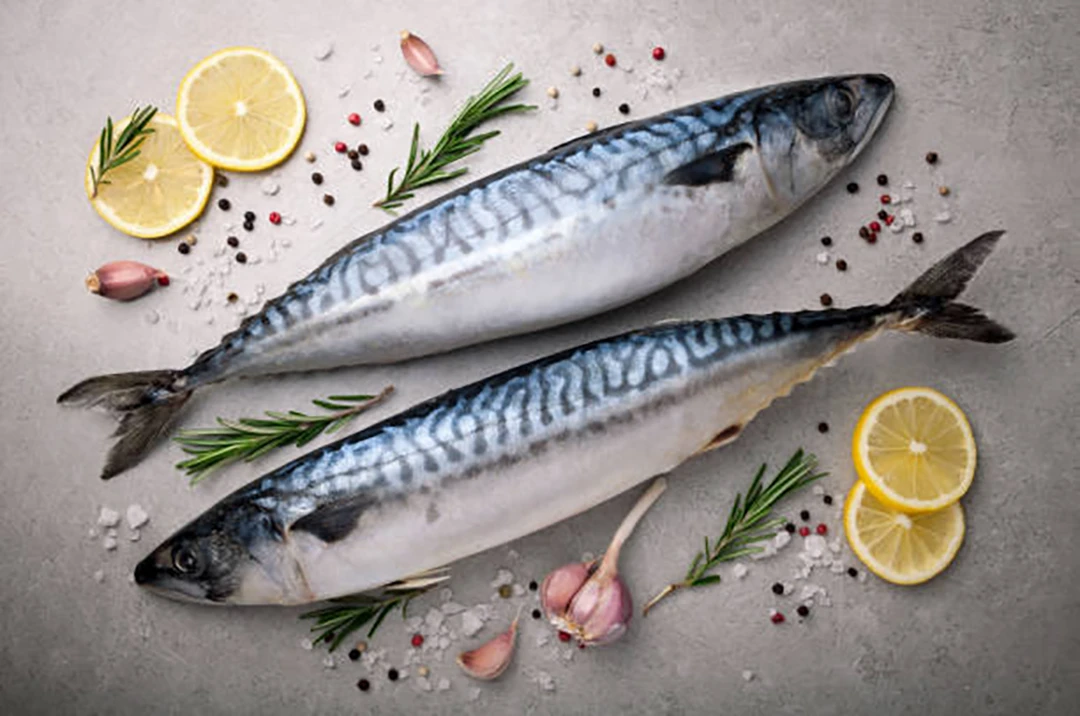
King mackerel is a fish to avoid due to its high mercury content, which poses significant health risks, especially for pregnant women and children. Despite its rich omega-3 fatty acids and protein, the potential for mercury poisoning outweighs these benefits. Opt for safer alternatives like Atlantic mackerel, which is lower in mercury and still offers substantial nutritional value.
4. Tilefish
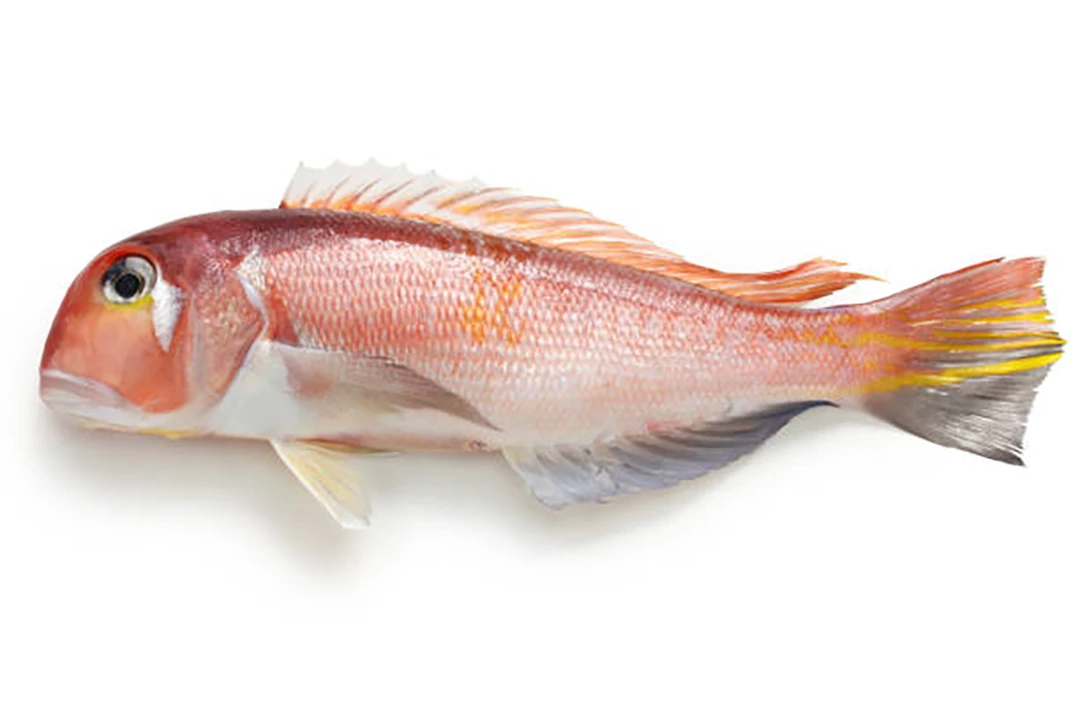
Tilefish, particularly the species Lopholatilus chamaeleonticeps, should be avoided due to their high levels of methylmercury, a potent neurotoxin that can significantly damage the fetal nervous system. This is especially important for pregnant women, women of childbearing age, and young children, as recommended by the U.S. Food and Drug Administration. Additionally, chronic exposure to polycyclic aromatic hydrocarbons (PAHs) in tilefish from the Gulf of Mexico has been linked to significant health declines, including a 22% reduction in Fulton’s condition factor and a 53% decrease in liver lipid percentage, which may negatively impact their fitness.
5. Orange Roughy
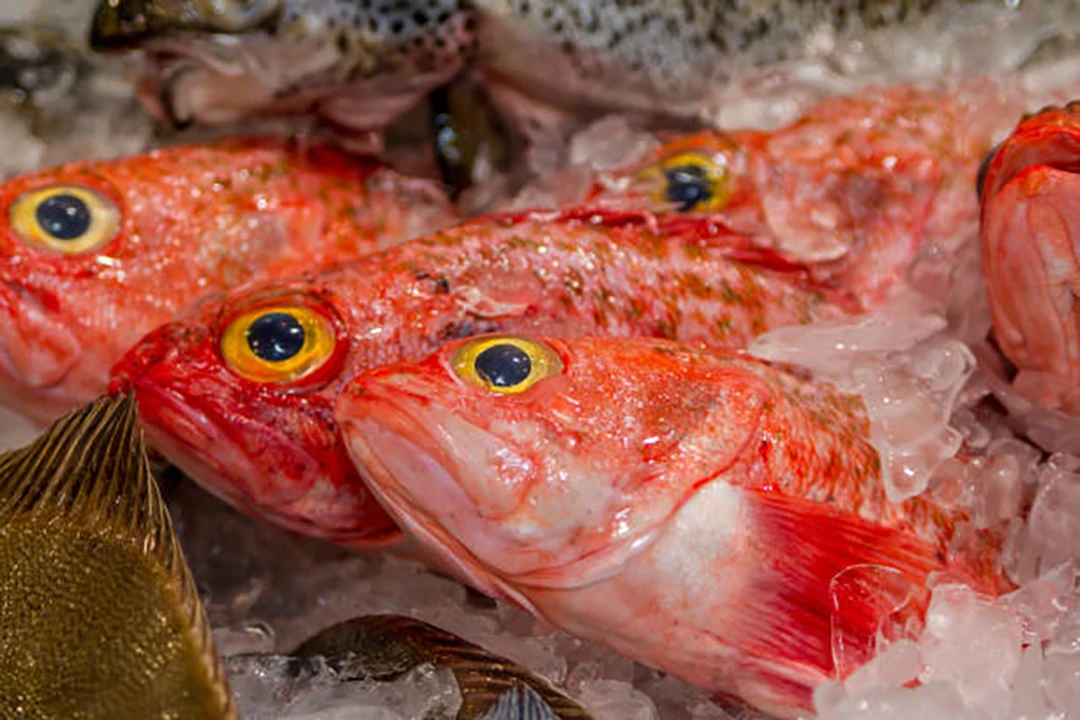
Orange roughy (Hoplostethus atlanticus) is a deep-sea fish that should be avoided due to several concerning factors. These fish are highly susceptible to overfishing because of their unique biological characteristics, including their long lifespan (over 100 years), late maturity (22-40 years), and low fecundity. Additionally, orange roughy have a high oil content and a wax ester swimbladder, which complicates accurate biomass estimation and makes them prone to active avoidance of sampling gear. Their diet and metabolic rates are also indicative of a species with high energy demands, further stressing their populations when overfished. Consequently, most orange roughy stocks are significantly depleted, often below 30% of their pristine levels, making sustainable management and conservation efforts critical.
6. Grouper
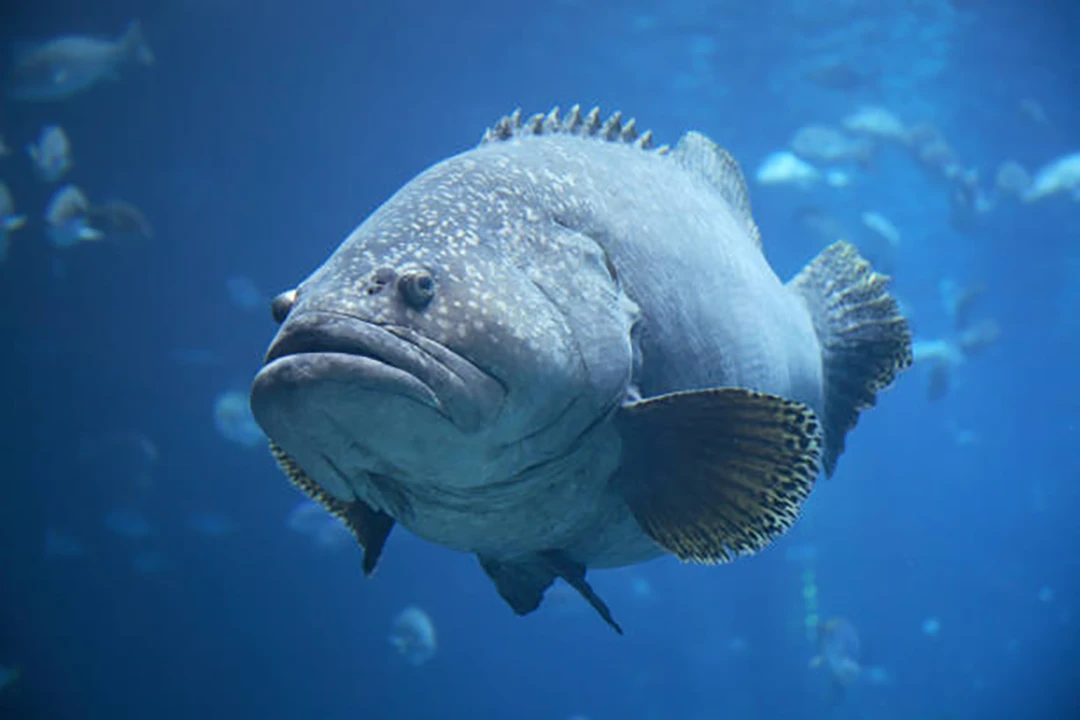
Groupers, belonging to the subfamily Epinephelinae, are highly vulnerable to overfishing due to their biological and ecological characteristics such as slow growth, late reproduction, large size, and long lifespan. These factors, combined with high market demand and insufficient fishery management, have led to significant declines in grouper populations globally. The International Union for Conservation of Nature (IUCN) has assessed that 12% of grouper species are at risk of extinction if current trends continue, with an additional 13% considered Near Threatened. Effective management strategies are urgently needed to mitigate these threats and ensure the sustainability of grouper fisheries.
7. Bluefin Tuna
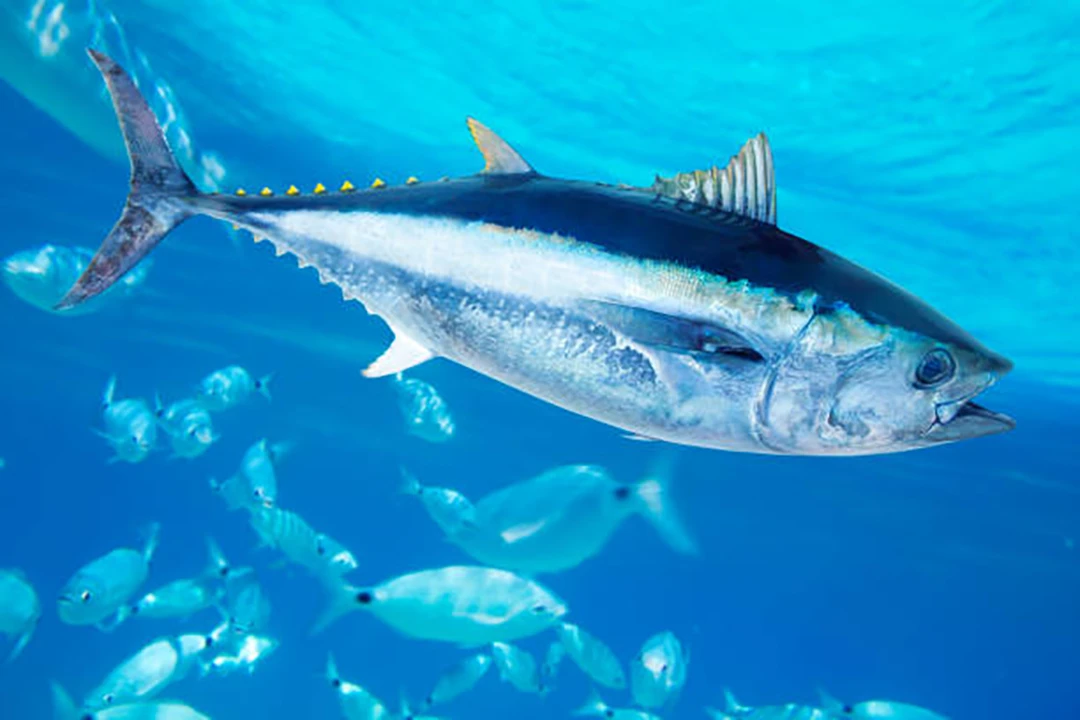
Bluefin tuna, while rich in omega-3 fatty acids and beneficial for cardiovascular health, poses significant health risks due to the bioaccumulation of toxic elements and contaminants. Studies have shown that bluefin tuna can contain high levels of mercury, cadmium, lead, and other potential toxic elements, which can pose long-term health risks. Additionally, bluefin tuna from the Mediterranean Sea has been found to bioaccumulate environmental contaminants such as polychlorinated biphenyls (PCBs), organochlorine pesticides (OCPs), and phthalates, which can lead to metabolic disturbances and other health issues. Therefore, despite its nutritional benefits, the consumption of bluefin tuna should be approached with caution due to these potential health hazards.
8. Chilean Sea Bass

Chilean sea bass, also known as Patagonian toothfish, is a deep-water species prized for its rich, buttery flavor. However, it is slow-growing and vulnerable to overfishing, with many populations severely depleted due to illegal fishing practices. Additionally, it contains high levels of mercury, making it advisable to limit consumption. Sustainable alternatives like sablefish or black cod are recommended for those seeking similar taste and texture without the environmental and health concerns associated with Chilean sea bass.
9. Atlantic Flatfish (including flounder, sole, and halibut)
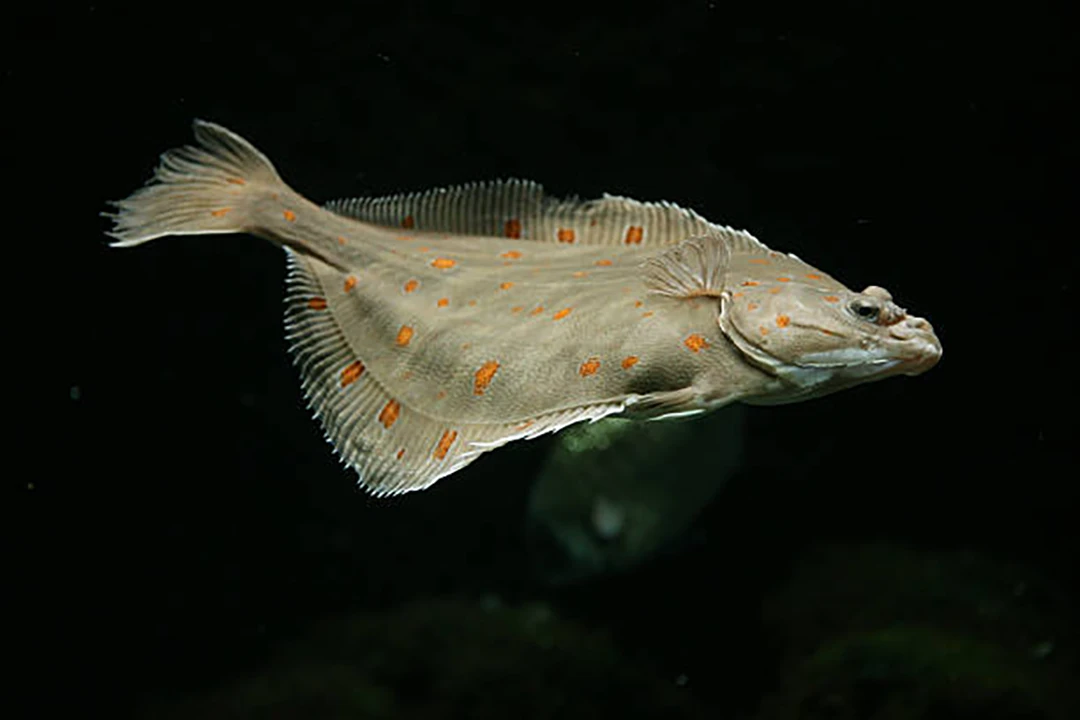
Atlantic flatfish, including species like flounder, plaice, and sole, are often overfished and can contain varying levels of mercury, posing potential health risks. While some flatfish populations are managed sustainably, others remain depleted, making it crucial to choose certified sustainable options. Consumers should be cautious of mercury levels, especially pregnant women and young children, and consider alternatives with lower contamination levels.
10. Farmed Salmon
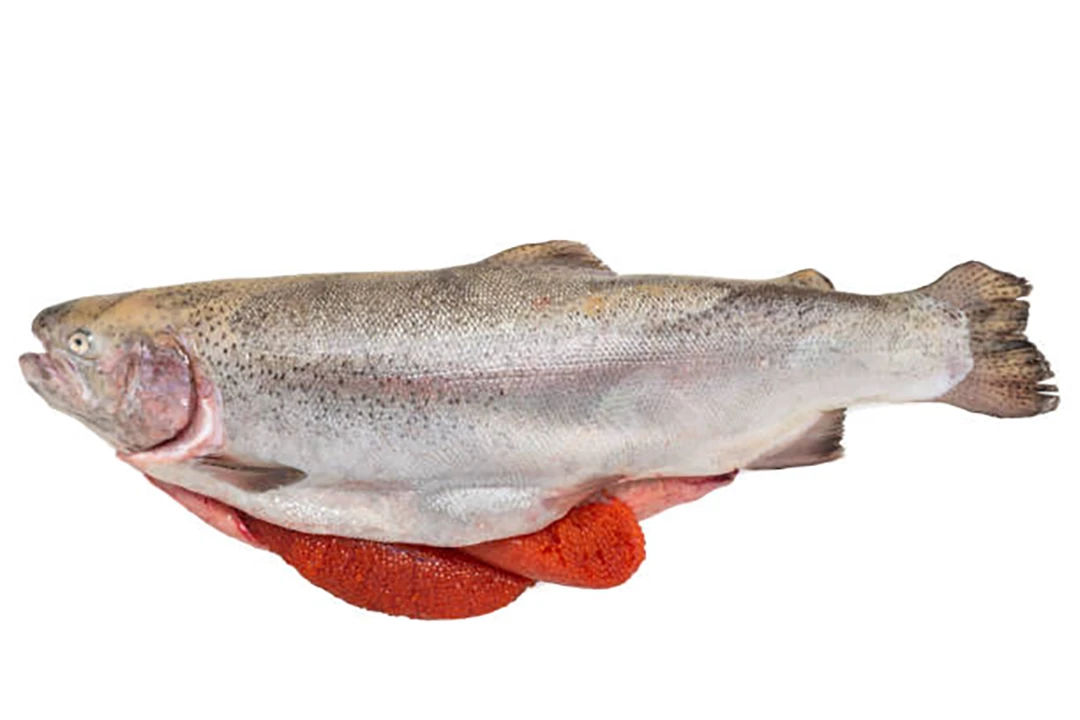
Farmed salmon, while a popular and accessible source of omega-3 fatty acids, pose significant health risks due to elevated levels of contaminants. Studies have shown that farmed salmon contain higher concentrations of harmful substances such as polychlorinated biphenyls (PCBs), dioxins, and other organochlorine pesticides compared to their wild counterparts. These contaminants are primarily derived from the commercial feeds used in aquaculture, which often include marine fish oils and other ingredients that accumulate these toxic compounds. Despite the cardiovascular benefits associated with omega-3 fatty acids found in farmed salmon, the potential health risks from these contaminants, including increased cancer risk, may outweigh the benefits. Therefore, it is advisable to limit the consumption of farmed salmon to reduce exposure to these harmful substances.
Conclusion
In conclusion, while fish can be a nutritious part of a balanced diet, it is crucial to be mindful of the potential health risks associated with certain species. Fish like shark, swordfish, king mackerel, tilefish, orange roughy, grouper, bluefin tuna, Chilean sea bass, Atlantic flatfish, and farmed salmon should be avoided or consumed in moderation due to their high levels of contaminants such as mercury, polychlorinated biphenyls (PCBs), and antibiotics. These toxins can accumulate in the body and lead to severe health issues, including neurological damage, developmental problems, and increased cancer risk. By making informed choices and opting for safer, sustainably sourced alternatives, individuals can enjoy the benefits of fish while minimizing their exposure to harmful substances.
ADDITIONAL RESOURCES
Several organizations in the United States are dedicated to addressing the issue of harmful fish species, which pose significant threats to local ecosystems, economies, and native wildlife. These organizations work on prevention, early detection, control, and public education to manage and mitigate the impacts of invasive fish species.
Key Organizations and Resources:
1. S. Fish and Wildlife Service (USFWS)
The USFWS works on the early detection, rapid response, and control of invasive aquatic species. They coordinate with regional partners and conduct on-the-ground projects to monitor and manage invasive species.
2. National Environmental Education Foundation (NEEF)
NEEF provides educational resources and programs to help the public understand and mitigate the impacts of invasive species, including harmful fish.
3. The Nature Conservancy (TNC)
TNC works on preserving the Great Lakes and other vital ecosystems by managing invasive species such as quagga and zebra mussels and round gobies.
4. National Invasive Species Information Center (NISIC)
Managed by the U.S. Department of Agriculture, NISIC provides comprehensive information on invasive species, including regulatory measures and resources for each state.
5. Aquatic Nuisance Species Task Force (ANSTF)
A federal interagency task force dedicated to preventing and controlling aquatic nuisance species and coordinating efforts among federal and state agencies and stakeholders.
Recommendations for books or websites on harmful fish species.
Here are some recommended resources on harmful fish species:
Books
1. “Effects of Harmful Algal Blooms on Fish and Shellfish Species: A Case Study of New Zealand“:
This book examines the impacts of harmful algal blooms (HABs) on aquatic species, focusing on New Zealand. It discusses the effects on commercially important fish and shellfish, the role of climate change, and the potential for early detection of harmful species.
2. “Bacterial Diseases in Marine Fish Species: Current Trends and Future Prospects“:
This book explores the impact of bacterial diseases on marine fish species, covering various pathogens that affect fish health and aquaculture productivity.
Websites
1. Smithsonian Ocean – 5 Invasive Species You Should Know:
This article provides an overview of several invasive species, including harmful fish and marine organisms like the Green Crab and Killer Algae, discussing their ecological impact and spread.
2. Arizona Game & Fish Department – Invasive and Problematic Species:
This resource details the invasive aquatic species affecting Arizona, such as Quagga Mussels and Bullfrogs, and the strategies for managing their spread.
FAQS
- Why should I avoid eating tilapia?
- Tilapia is often farmed in poor conditions, leading to high levels of inflammatory omega-6 fatty acids and low levels of beneficial omega-3 fatty acids. This imbalance can contribute to inflammation and chronic diseases such as heart disease and diabetes.
- What are the concerns with eating Atlantic cod?
- Atlantic cod has been overfished to the point of near collapse, making it a vulnerable species. Additionally, it is often contaminated with pollutants. Opt for Pacific cod instead, which is more sustainable and less contaminated.
- Why is farm-raised salmon considered unhealthy?
- Farm-raised salmon contains high levels of PCBs, dioxins, and other contaminants due to poor farming practices. It also has a higher fat content and lower nutrient density compared to wild-caught salmon.
- What makes swordfish a fish to avoid?
- Swordfish is high in mercury, which can cause serious health issues, especially for pregnant women and young children. Mercury exposure can lead to neurological and developmental problems.
- Why should I avoid eating king mackerel?
- King mackerel is known for its high mercury content, which poses significant health risks. It is advisable to avoid this fish, especially for vulnerable populations like pregnant women and children.
- What are the risks associated with eating imported shrimp?
- Imported shrimp often contain antibiotics, chemical residues, and other contaminants due to lax regulations in farming practices. Domestic, farm-raised shrimp is a safer alternative.
- Why is caviar from beluga and wild-caught sturgeon problematic?
- These species are overfished and their populations are threatened by habitat destruction. Sustainable alternatives include caviar from American Lake Sturgeon or Hackleback Sturgeon.
- What makes shark a fish to avoid?
- Shark meat contains high levels of mercury and other toxins. Additionally, overfishing of sharks disrupts marine ecosystems, leading to imbalances in the food chain.
- Why should I avoid eating orange roughy?
- Orange roughy has high mercury levels and is often overfished. This fish can live up to 150 years, accumulating toxins over its long lifespan, making it a poor choice for consumption.
- What are the concerns with eating marlin?
- Marlin is high in mercury and other pollutants. It is also overfished, which threatens its population and the marine ecosystem. Alternatives like halibut are recommended.


